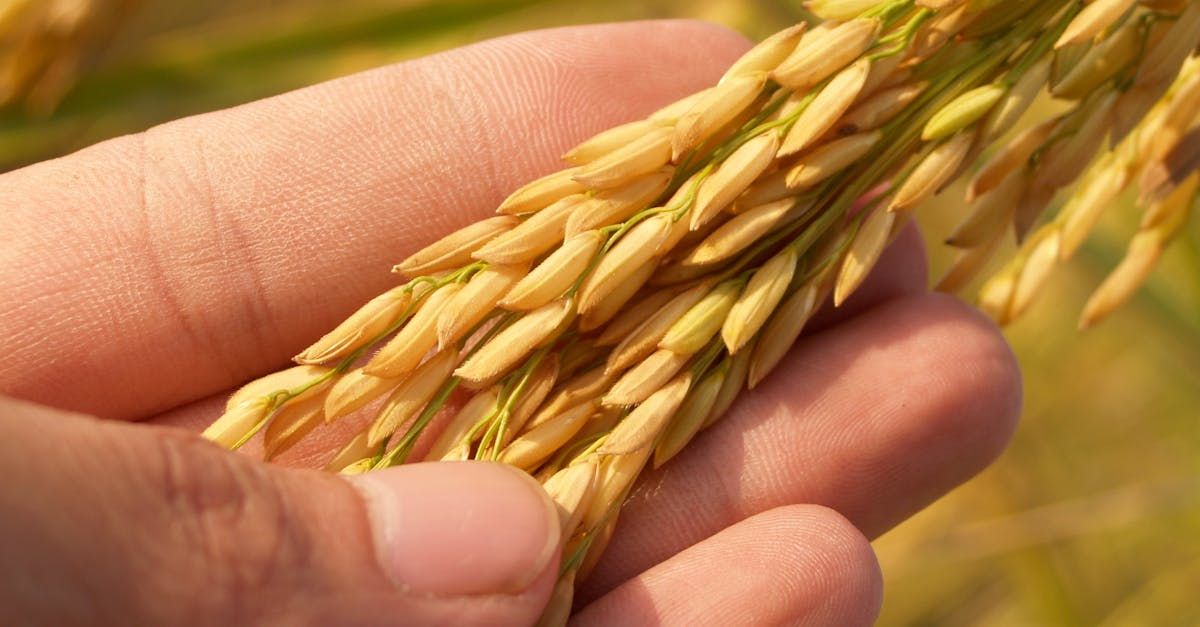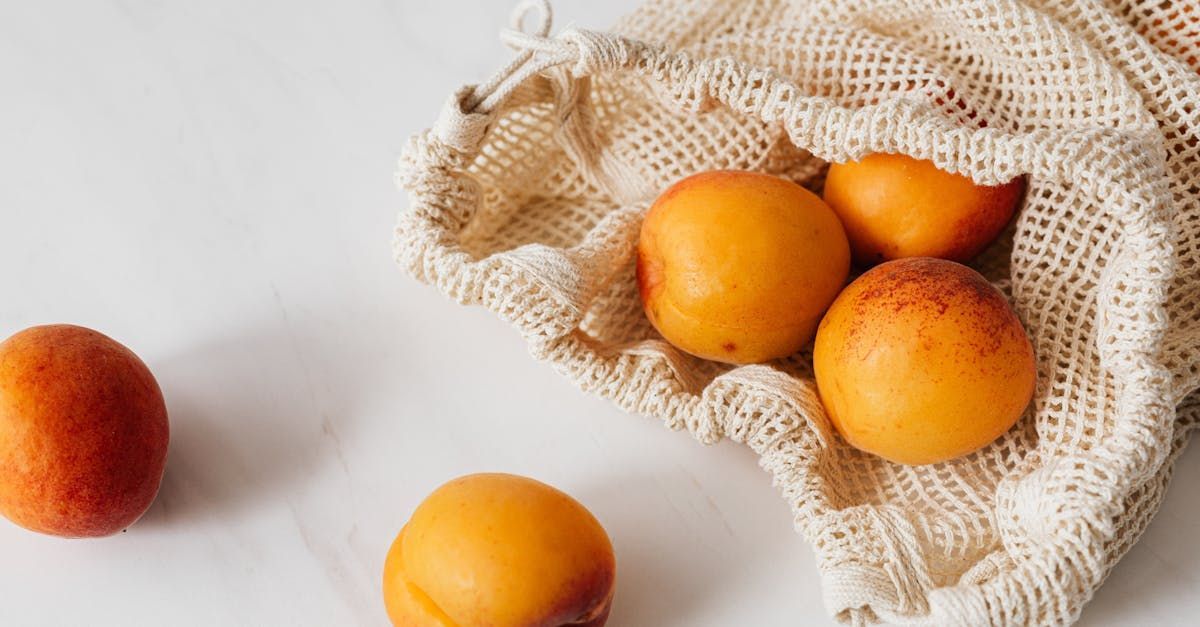Doc Watters Wine Articles

When most people think of wine, they envision vineyards sprawling with grapevines and sun-kissed grapes being transformed into a delightful beverage. However, a fascinating and lesser-known realm of wine exists beyond the grape – the world of grain wines. These unique creations offer a different yet equally enchanting experience for wine enthusiasts and adventurous drinkers alike. What Are Grain Wines? Grain wines are alcoholic beverages produced by fermenting grains such as rice, barley, millet, and corn. Unlike grape wines, which are made primarily from fermented grape juice, grain wines leverage the natural sugars and starches found in grains to produce alcohol. This fermentation process can result in a wide variety of flavors, aromas, and textures, making grain wines a diverse and intriguing category. The Rich Heritage of Grain Wines Grain wines have deep historical roots, with ancient civilizations crafting these beverages long before grape wines became prevalent. Here are a few notable examples: 1. Sake (Japan) : Perhaps the most well-known grain wine, sake is a Japanese rice wine that has been brewed for over a thousand years. It is made by fermenting polished rice with water, yeast, and koji mold. Sake can range from sweet to dry, and it is often enjoyed warm or chilled. 2. Makgeolli (Korea): This traditional Korean rice wine is milky, slightly sweet, and often effervescent. It is made by fermenting rice, water, and nuruk (a fermentation starter). Makgeolli has a long history in Korean culture and is experiencing a renaissance among younger generations. 3. Chhaang (Tibet and Nepal): Chhaang is a Himalayan grain wine made from barley, millet, or rice. It is traditionally brewed in homes and enjoyed during festivals and ceremonies. Chhaang can be served hot or cold and varies in strength and flavor. 4. Sorghum Wine (China): In China, sorghum wine, or baijiu, is a potent and often fiery spirit made from fermented sorghum. It is one of the world’s most consumed alcoholic beverages, especially during celebrations and social gatherings. The Art of Making Grain Wines The production of grain wines involves several intricate steps, each contributing to the final flavor profile: 1. Selection and Preparation of Grains: The choice of grain significantly impacts the wine’s characteristics. The grains are often polished or milled to remove outer layers, enhancing the fermentation process. 2. Fermentation: The prepared grains are mixed with water and specific fermentation agents such as yeast or koji mold. This mixture is then allowed to ferment in controlled conditions, where the starches convert into sugars and subsequently into alcohol. 3. Maturation: Some grain wines undergo aging to develop complex flavors and aromas. This maturation period can vary from a few months to several years, depending on the desired outcome. 4. Filtration and Bottling: Once fermentation and maturation are complete, the wine is filtered to remove any solids and then bottled for consumption. Tasting and Pairing Grain Wines Grain wines offer a broad spectrum of tasting experiences. Here are some general tips for enjoying these unique beverages: Temperature : While sake can be enjoyed warm or chilled, most grain wines are best served at a specific temperature to enhance their flavors. For example, makgeolli is typically served cold. Glassware : The choice of glass can influence the tasting experience. Sake, for instance, is traditionally sipped from small ceramic cups, while other grain wines might be better appreciated in wine glasses. Pairing : Grain wines can be paired with a variety of foods. Sake pairs well with sushi and other Japanese dishes, while makgeolli complements Korean cuisine such as kimchi and savory pancakes. Experimenting with pairings can lead to delightful discoveries. Exploring the Future of Grain Wines The growing interest in grain wines is leading to innovation and experimentation. Winemakers are exploring new grains, fermentation techniques, and flavor profiles, creating contemporary versions of these ancient beverages. As the world of grain wines continues to expand, so does the potential for unique and memorable tasting experiences. Whether you are a seasoned wine aficionado or a curious newcomer, the world of grain wines offers a captivating journey through history, culture, and flavor. So, the next time you raise a glass, consider toasting with a grain wine and savor the rich heritage and innovation it embodies.

Different shapes of wine glasses are designed to enhance the wine-drinking experience by influencing how the wine interacts with the senses, particularly smell and taste. Here are some common shapes and their effects: 1. **Bordeaux Glass**: This glass is tall with a broad bowl that allows ample room for swirling. It directs the wine to the back of the mouth, emphasizing bolder flavors in wines like Cabernet Sauvignon and Merlot. 2. **Burgundy Glass**: Shorter and wider than Bordeaux glasses, Burgundy glasses have a larger bowl that enhances the aromas of delicate wines like Pinot Noir. The wider surface area allows more oxidation, which helps to release more complex aromas. 3. **Champagne Flute**: Tall and narrow with a small opening, champagne flutes preserve carbonation and showcase the stream of bubbles rising to the surface. This shape helps maintain the wine's effervescence and aroma. 4. **White Wine Glass**: Typically smaller than red wine glasses, white wine glasses have U-shaped bowls that are narrower than red wine glasses. This shape preserves floral aromas and maintains cooler temperatures for wines like Chardonnay and Sauvignon Blanc. 5. **Dessert Wine Glass**: These glasses are smaller than standard wine glasses with a more rounded bowl. They are designed to enhance the sweetness and aroma of dessert wines like Port and Sauternes. The shape of the glass affects the wine-drinking experience in several ways: - **Aroma**: The bowl's shape and size determine how much wine is exposed to the air, affecting how the aromas are released. A narrower opening concentrates the aromas, while a wider bowl allows for more exposure. - **Taste**: The shape of the glass can direct the wine to specific areas of the mouth, enhancing different taste sensations. For example, a wider bowl might direct the wine to the front of the palate, enhancing sweetness. - **Visual Appeal**: The shape of the glass can also influence the visual presentation of the wine, affecting how we perceive its color and clarity. Choosing the right glassware can significantly enhance the enjoyment of wine by optimizing its aroma, taste, and visual appeal.

Storing wine at the correct temperature of 55°F (approximately 13°C) is crucial for several reasons: 1. **Preservation of Flavor and Aroma**: Wine is sensitive to temperature fluctuations. Storing it at 55°F helps maintain the balance of its chemical compounds, preserving its intended flavors and aromas. Higher temperatures can cause the wine to age prematurely, while lower temperatures can slow down the aging process and affect the wine's complexity. 2. **Prevention of Oxidation**: Consistent storage at 55°F minimizes the risk of oxidation, which can spoil the wine. Oxidation occurs when wine is exposed to air, leading to a flat taste and loss of vibrant flavors. 3. **Maintaining Quality**: Temperature stability is key to maintaining wine quality over time. Fluctuations can cause the wine to expand and contract, potentially pushing the cork out or allowing air to seep in, both of which can degrade the wine. 4. **Proper Aging**: For wines that are meant to be aged, 55°F is considered the ideal temperature to allow the wine to develop its characteristics slowly and properly. This controlled aging process helps enhance the wine's complexity and depth. 5. **Avoiding Heat Damage**: Exposure to high temperatures can cause "cooked" flavors in wine, where the taste becomes jammy and unbalanced. This damage is often irreversible and significantly diminishes the wine's quality. By storing wine at the correct temperature, you ensure that it matures gracefully and retains its intended taste and quality.






